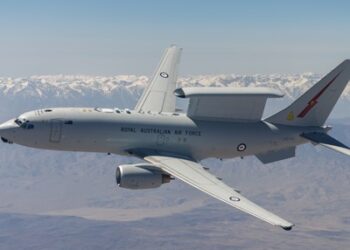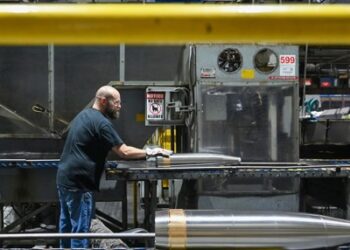**HONOLULU** — The defense industry is generating impressive new equipment, but a single prototype is insufficient for thorough testing. Lt. Gen. Jim Glynn, commander of Marine Corps Forces Pacific, addressed this issue during a keynote speech at AFCEA TechNet Indo-Pacific, presenting to representatives from various tech companies.
Glynn emphasized the importance of collaboration by stating, “What we need is: when you come with it, don’t come with one with the intention to take it home with you and all the data that was collected while we conducted an exercise together.” He urged companies to provide multiple prototypes—specifically suggesting five—so that while they could take one or two back, three would remain with the Marines for ongoing testing and refinement. This approach would facilitate immediate feedback and data sharing, which are crucial for enhancing the equipment’s capabilities.
He highlighted the urgency of adapting to rapid changes, asserting, “In this dynamic moment, we have to be ready to fight tonight. And we are going to fight with what we have, not what the acquisition system can get us five years from now.” Glynn referenced the Joint Fires Network as a successful example, noting its evolution over the past five years from a collection of prototypes into a formalized program.
Glynn shared an anecdote from nine months prior when a colonel questioned the use of the Joint Fires Network due to it not being a “program of record.” Glynn dismissed this concern, stating, “I don’t care. It’s what we’re using. It’s what we’re going to have to use. We have to move at speed.”
In the context of the Indo-Pacific region, Glynn stressed the need for rapid development, indicating that the Army is working in “weeks and months, not years.” He also acknowledged the increasing focus on drones, explaining that while the Marine Corps is engaged in efforts to utilize small unmanned systems, they currently operate under a one-to-one operator-to-drone model. Glynn expressed the goal of evolving to a system where one Marine can manage multiple drones simultaneously, stating, “What we seek are the abilities for those unmanned systems to mesh themselves together.”













